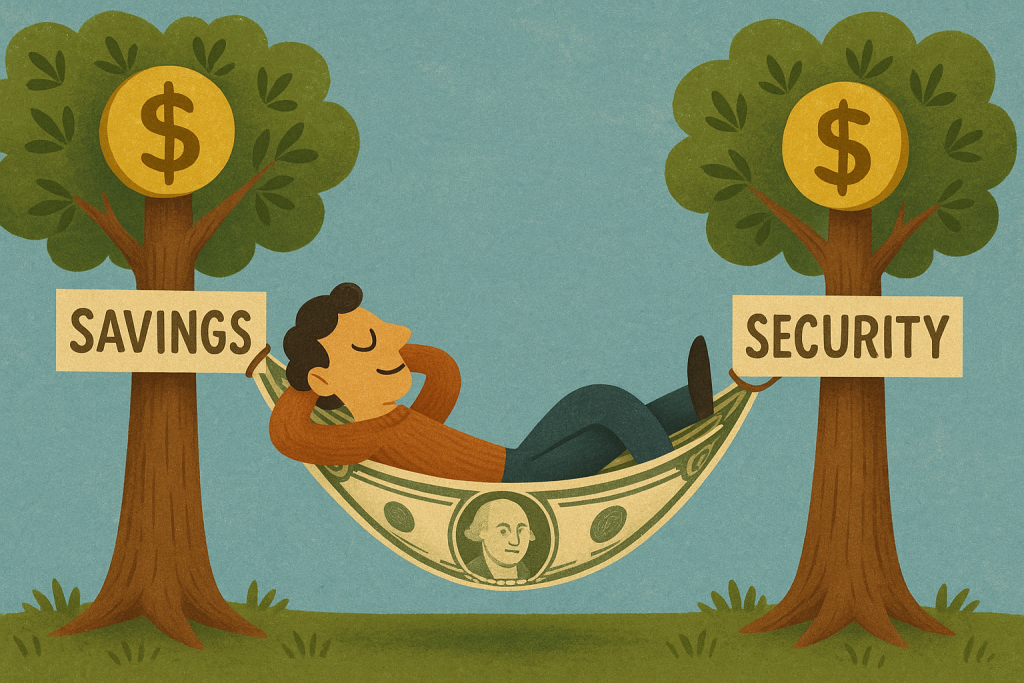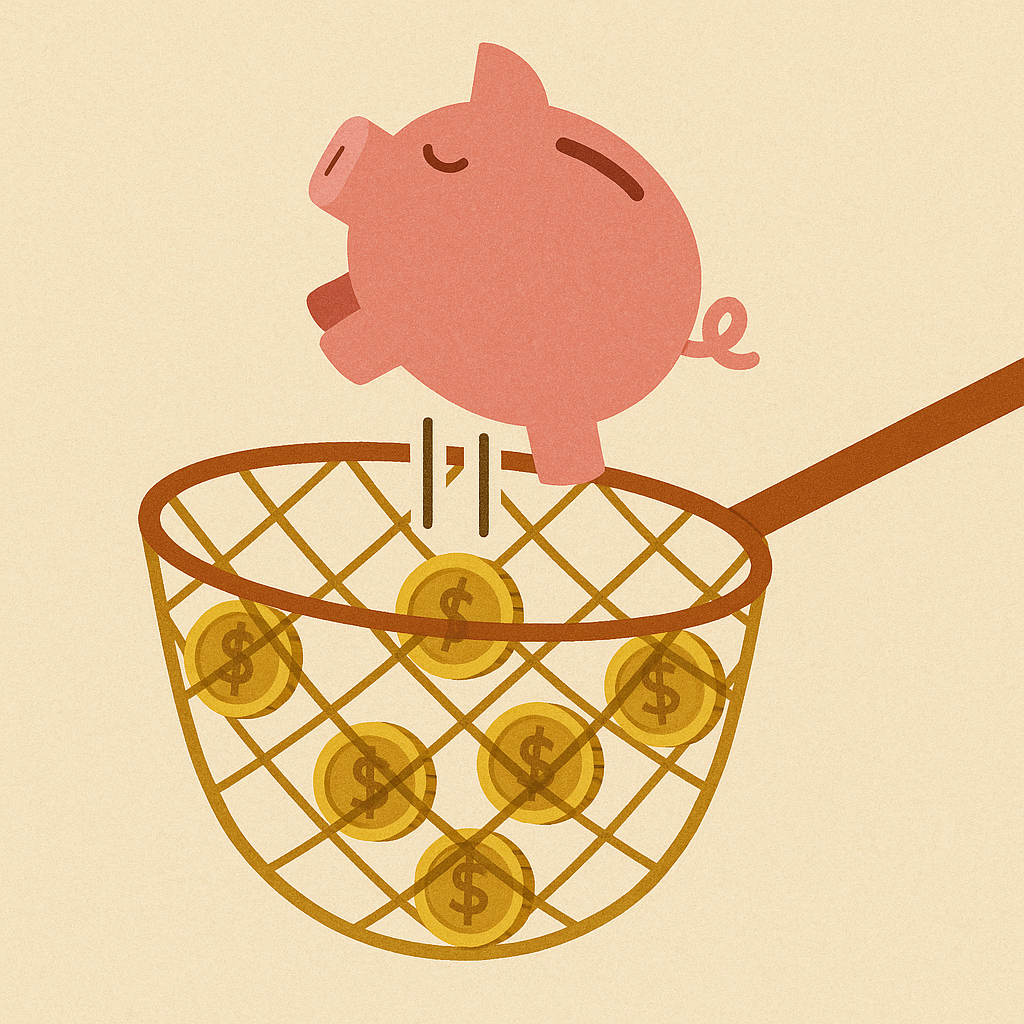Building a solid financial safety net is an essential step towards achieving financial stability and peace of mind. In today’s uncertain world, having a strategy to protect yourself against unforeseen expenses can make a significant difference in your financial well-being.
Establishing a reliable financial safety plan is not only about saving money but also about making strategic decisions to ensure you’re ready for anything life throws your way. A sturdy financial cushion can give you the confidence to face economic challenges head-on, knowing that you have prepared adequately. Let’s explore how you can create this crucial support system for your finances.
The importance of a financial safety net

Having a financial safety net is crucial in today’s world, as it provides a protective cushion that helps individuals manage unexpected financial challenges. The uncertainties we face, from sudden medical bills to unexpected job loss, highlight the need for a reliable financial backup plan.
Establishing a financial safety mechanism is not merely about readiness; it is about being proactive in managing potential crises. By having measures in place, you avoid falling into debt and can maintain your lifestyle and financial commitments despite unforeseen obstacles.
A sound financial security plan acts as a lifeline during emergencies, preventing you from needing to rely on high-interest loans or credit cards. This is particularly important as borrowing money in a crisis can exacerbate financial stress. By having reserves set aside, you’re better positioned to handle emergencies with ease and grace, rather than panic.
Creating an emergency fund
An emergency fund is a vital component of a financial safety net, providing a reservoir of readily accessible cash set aside for unplanned expenses. Aim to save three to six months’ worth of living expenses to cover potential emergencies such as job loss, medical emergencies, or major home repairs.
Building an emergency fund requires discipline and commitment. Start by automating your savings – set up regular transfers from your checking account to your savings account each month. Begin with a realistic amount, and gradually increase it as your financial situation improves. Consider any windfalls, such as tax refunds or bonuses, as opportunities to boost your emergency fund significantly.
Utilizing insurance for protection
Insurance forms an essential component of a financial safety strategy, safeguarding against significant financial losses due to unforeseen events. Types of insurance to consider include health, life, disability, and property coverage. Each provides a layer of security, protecting both your finances and well-being, and offering peace of mind in times of crisis.
Start by evaluating your current insurance coverage to identify any potential gaps. Assess the risks you face – consider your health status, family needs, and assets to ensure you have adequate protection. Adequate coverage will prevent you from dipping into savings or going into debt to cover substantial expenses such as medical bills or home repairs.
Investment diversity for a resilient safety net
Diversifying investments is another critical element of building a solid financial safety net. A well-diversified portfolio spreads risk across different asset classes, such as stocks, bonds, and mutual funds, reducing the potential impact of market volatility. By balancing high-risk investments with more stable ones, you create a resilient foundation that can weather economic fluctuations.
Begin by understanding your risk tolerance and financial objectives. This knowledge will guide you in selecting the appropriate mix of investments for your portfolio. It’s important to balance your investments with both short-term and long-term goals in mind, ensuring that while you are seeking growth, you also have stability within your assets.
Regular reviews of your investment portfolio are essential to ensure alignment with your financial goals. Rebalancing your assets periodically ensures that your portfolio remains diversified and aligned with your evolving financial landscape. Consult with a financial advisor if needed, to tailor an investment strategy that complements your overall financial safety plan.
Building long-term assets
Long-term asset building is integral to a strong financial safety net, providing stability and potential growth over time. Assets like retirement accounts, real estate, and investment portfolios serve as foundational pillars in your financial strategy. They contribute to wealth accumulation and offer security against future financial uncertainties.
Consider regularly contributing to retirement accounts like 401(k)s or IRAs, taking advantage of employer matches and tax benefits. Real estate investments can also provide rental income and appreciate over time, offering both immediate and long-term financial benefits. It’s crucial to diversify your assets, preventing over-reliance on any single investment.
Emergency preparedness and financial education
Financial education and preparedness are integral components of maintaining and enhancing your financial safety net. Understanding basic financial principles equips you to make informed decisions about savings, investments, and spending. Continual learning keeps you updated on new strategies and products that can bolster your financial security.
Regularly review and update your financial plans, aligning them with life changes and economic conditions. Attending workshops or consulting financial experts can provide valuable insights and strategies for strengthening your financial position. Keeping informed about financial trends enables you to anticipate changes and adjust your strategies accordingly.





